7 Scary Facts About Your Makeup
I'm sorry. I'm so sorry.
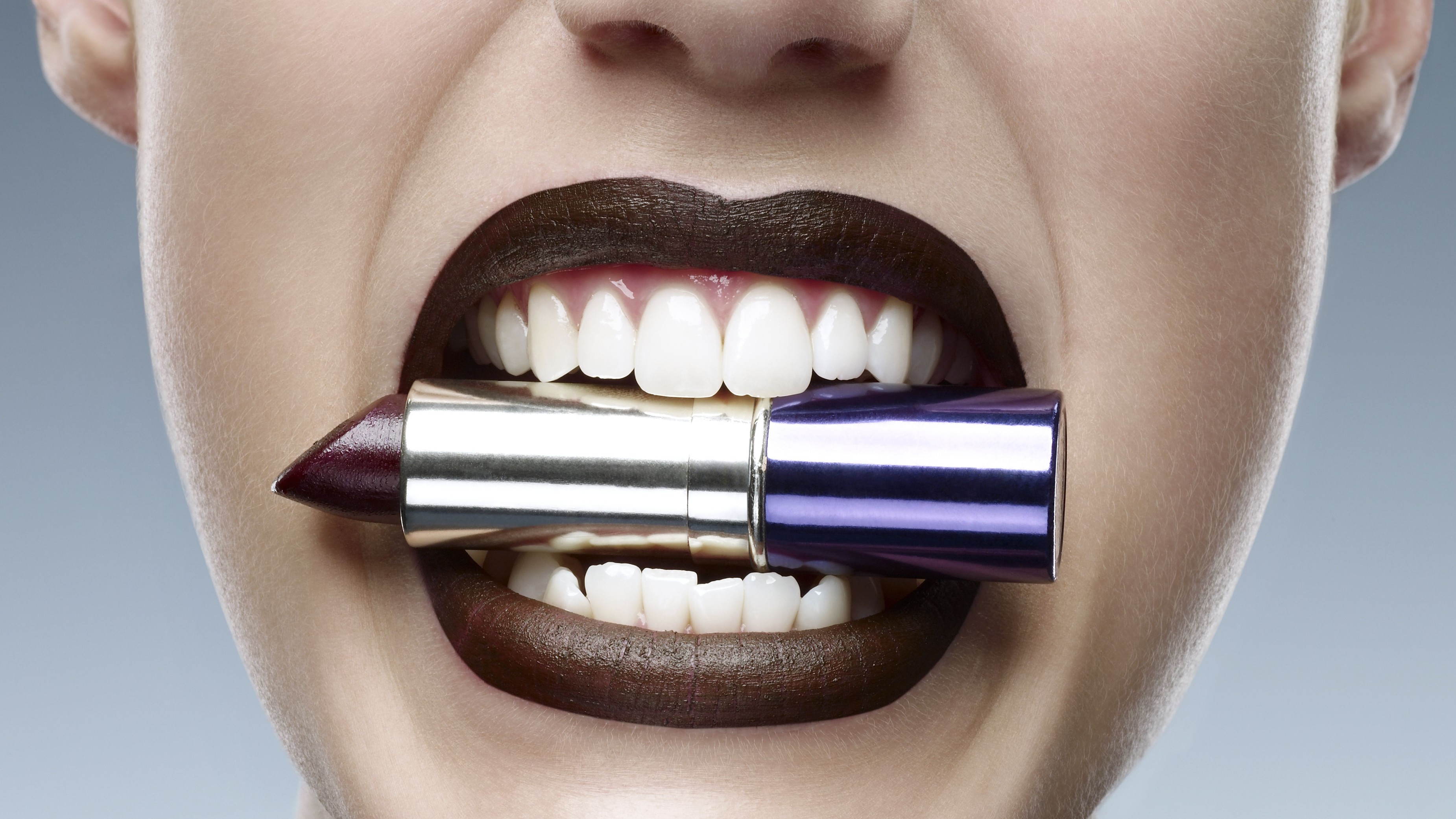

In this episode of "Sick, Sad World" (you're welcome for that Daria reference), you know nothing about your makeup. Welcome to the dark side, my fellow 18-shades-of-lipstick-toting, the-cosmetics-counter-is-your-home-away-from-home beauty lovers. (I'm sorry. I'm so sorry.)
We don't have any real federal regulations on makeup in the United States.
The United States Food & Drug Administration isn't testing cosmetic ingredients because, well, they're not food or drugs. Which means things banned elsewhere (think parabens, which are linked to breast cancer; ethylene oxide, which is a known carcinogen; and octinoxate) are totally A-OK here. In fact, pretty much any chemical can be used as an ingredient.
The FDA does monitor cosmetics under the FD&C Act, which basically says as long as they aren't "adulterated" or "misbranded" they're cool to go on the market. (So no poisons, phew.) To put it frankly: In Europe there are 1,373 banned cosmetic chemicals. In the U.S.? Eight.
Companies don't have to test their products.
Well, not in any way that has to be demonstrated. Like we said, the FDA doesn't have legal authority to approve cosmetics. However, companies are "legally responsible" to ensure their product is safe. The way they can prove cosmetics safety? By saying ingredients are legit and comparing it to other similar product formulations. As long as that's done, it's fine to hit the shelf. In fact, this is a real sentence on the FDA website: "If a manufacturer does not have the technical expertise to determine the best way to ensure that a product is protected from contamination, the company may want to work with a consultant." MAY want to work with a consultant. They can't legally tell them to, because they don't have any authority over these companies.
80 percent of ingredients used in personal care products have never been tested for safety.
Wait, what?!
Fragrance can mean pretty much anything.
It can mean anything from a couple of natural oils to a straight-up chem lab. But it doesn't matter. Fragrance is fragrance is fragrance in makeup land. And it'll be labeled as such. Think of the term as a catch-all.
Organic probably doesn't mean what you think it means.
There's no true, standard definition for what can be labeled "natural" or "organic," meaning as long as it's not "misleading" in the FDA's eyes, it's passable. There are certain programs—like the "USDA Organic" logo—that work to certify bath and beauty products, but definitions vary from program to program and basically, it's all a little confusing. That body wash with cucumber extract made up of 97% of chemicals? That can be classified organic.
Stay In The Know
Get exclusive access to fashion and beauty trends, hot-off-the-press celebrity news, and more.
"Cruelty-free" and "not tested on animals"?
There are no legal definitions for these terms. None. Nada.
The average woman uses 13 products per day with 515 ingredients.
Ugh, BRB. Scrubbing my face.
You should also check out:
8 Mistakes You're Making When You Shave Your Legs
You Have to Cut Your Hair to Grow It Out, and 8 Other Beauty Ironies
12 Ways You're Applying Your Hair Products Wrong

Samantha Leal is the Deputy Editor at Well+Good, where she spends most of her day thinking of new ideas across platforms, bringing on new writers, overseeing the day-to-day of the website, and working with the awesome team to produce the best stories and packages. Before W+G, she was the Senior Web Editor for Marie Claire and the Deputy Editor for Latina.com, with bylines all over the internet. Graduating from the Medill School of Journalism at Northwestern University with a minor in African history, she’s written everything from travel guides to political op-eds to wine explainers (currently enrolled in the WSET program) to celebrity profiles. Find her online pretty much everywhere @samanthajoleal.
-
 Kate and William's Decision to Skip Easter "Raised Eyebrows"
Kate and William's Decision to Skip Easter "Raised Eyebrows""It feels like a deliberate move and even a snub."
By Amy Mackelden
-
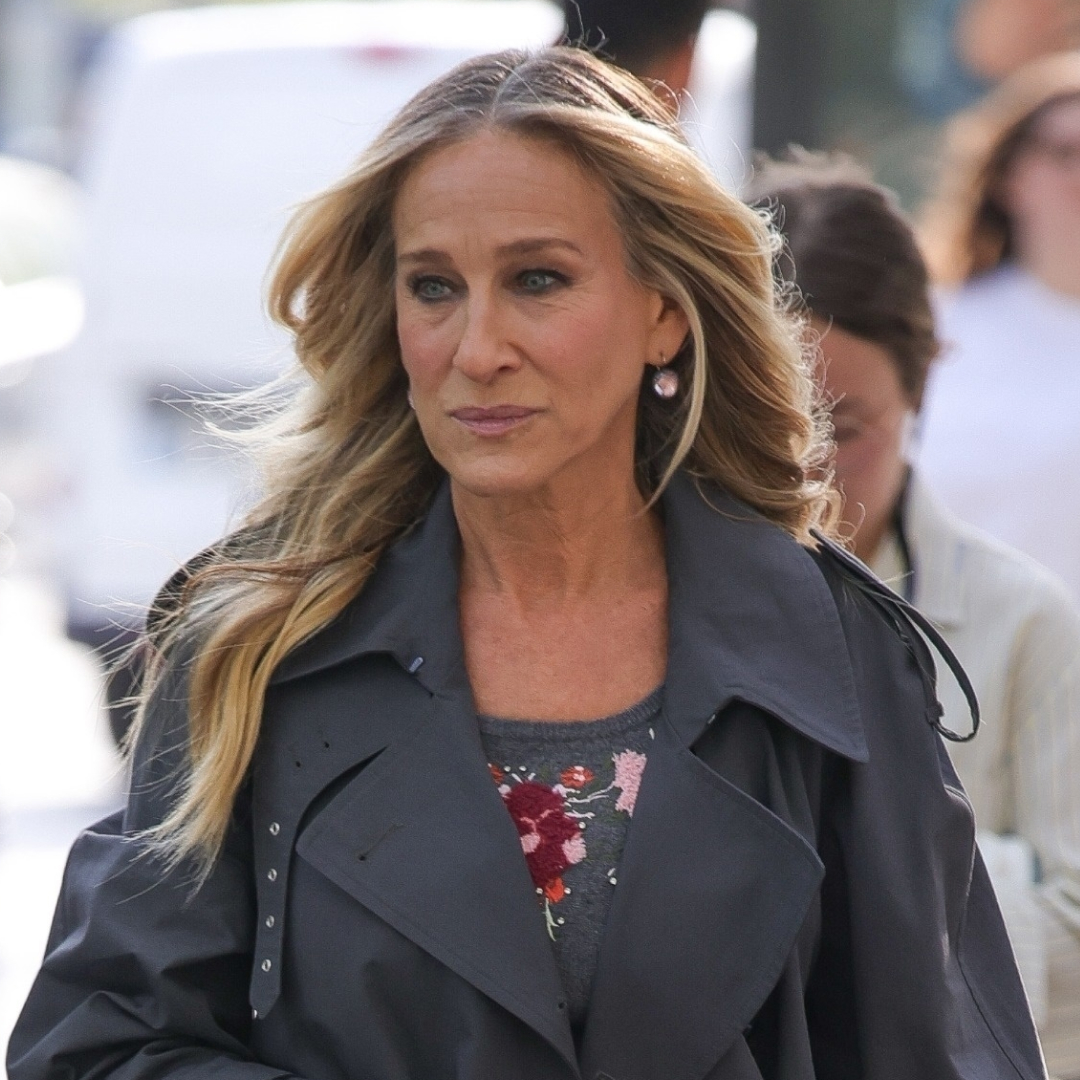 Sarah Jessica Parker Test-Drives the New Platform Ugg
Sarah Jessica Parker Test-Drives the New Platform UggCarrie Bradshaw would have some thoughts on the exceedingly fluffy footwear.
By Amy Mackelden
-
 Michelle Obama Elevates Baggy Cargo Pants With a $3,700 Tote
Michelle Obama Elevates Baggy Cargo Pants With a $3,700 ToteThe former First Lady elevated her casual outfit with sleek accessories.
By Amy Mackelden
-
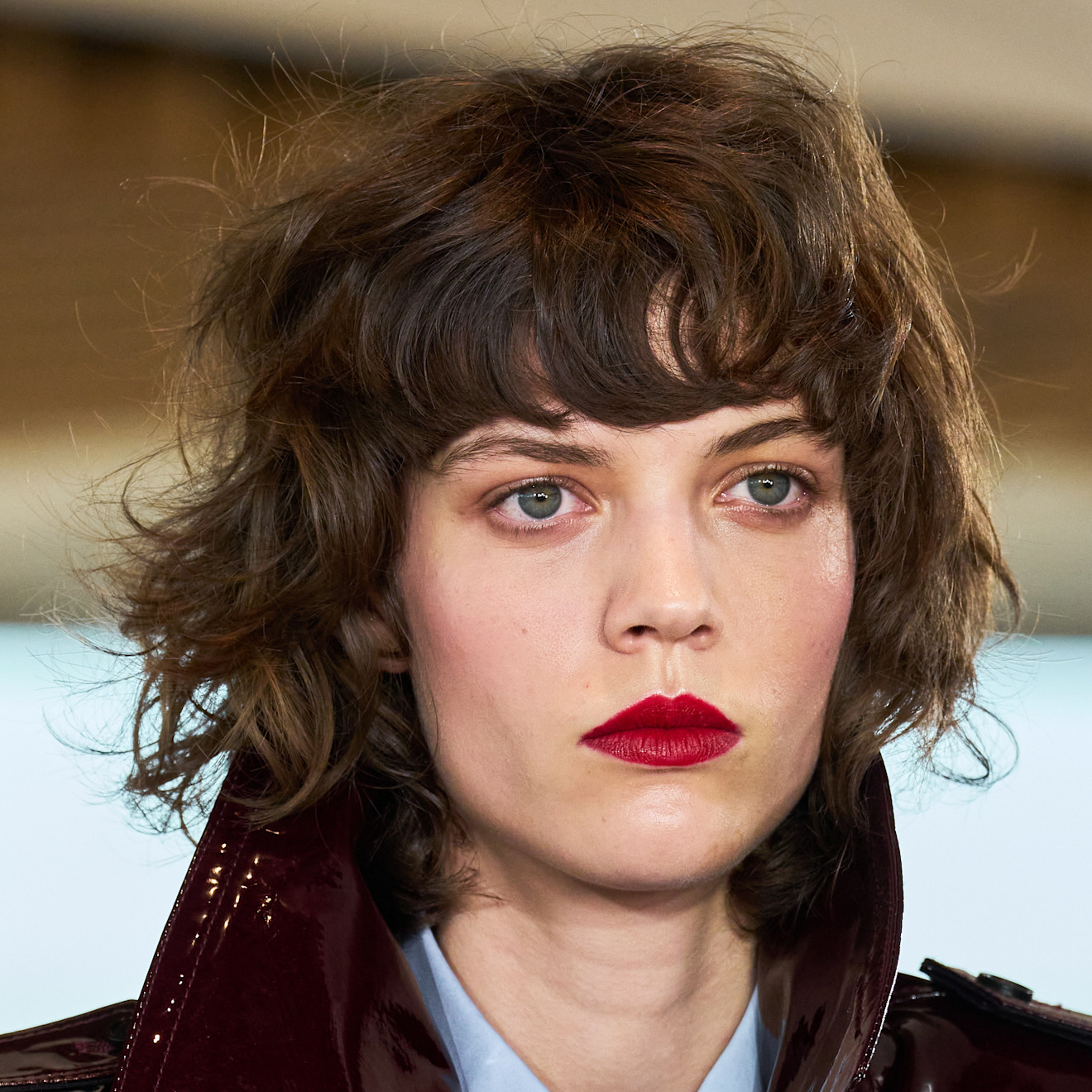 Meet 8 Editor-Vetted Blush Palettes That Basically Flirt for You
Meet 8 Editor-Vetted Blush Palettes That Basically Flirt for YouFor that just-got-caught-staring flush.
By Ariel Baker
-
 Jenna Ortega Does Grungy Glam Right With '90s-Inspired Hair and Makeup
Jenna Ortega Does Grungy Glam Right With '90s-Inspired Hair and MakeupThe actress was spotted in peak ‘90s-inspired glam.
By Ariel Baker
-
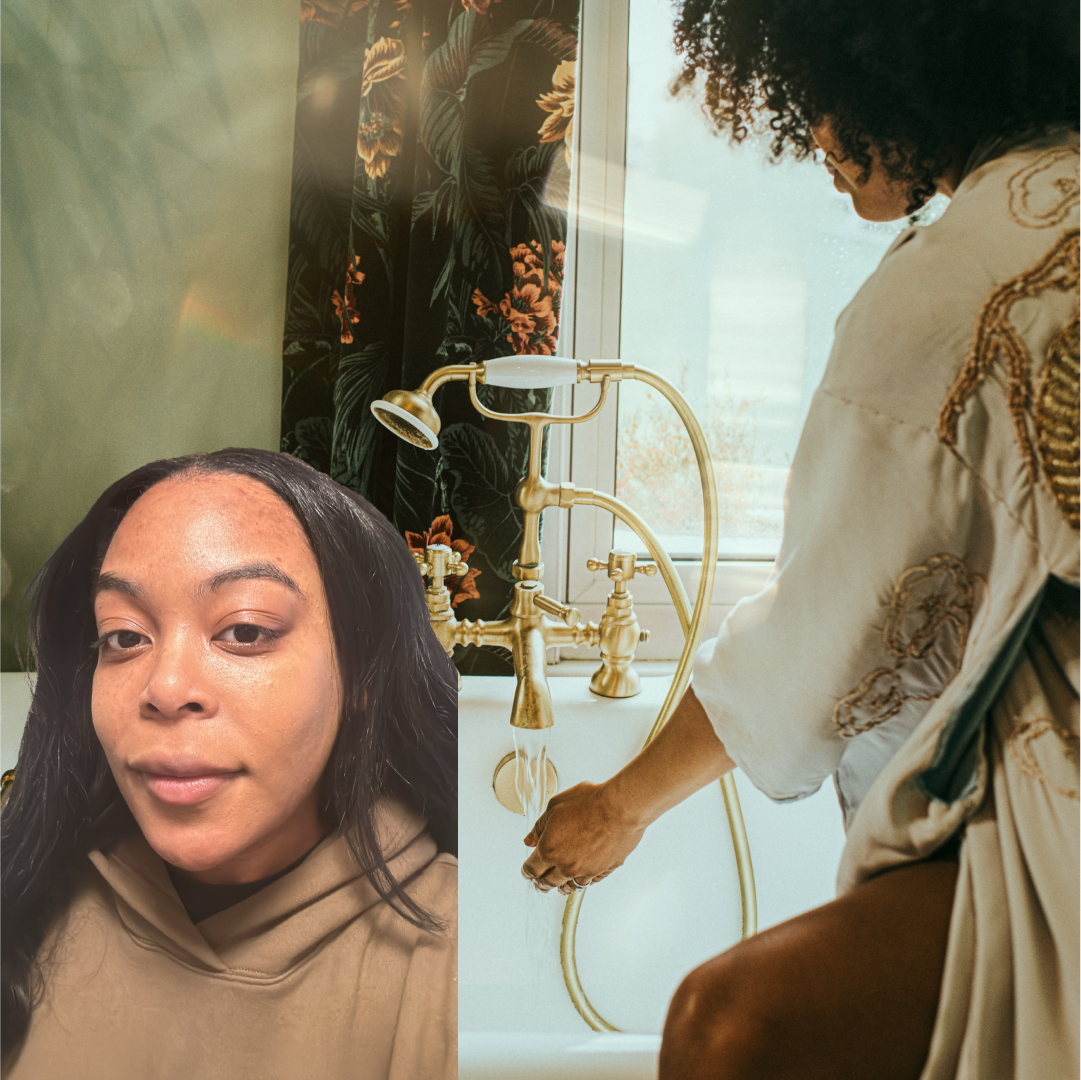 How a Beauty Writer Has Perfected Her Morning Routine For Acne-Prone Skin
How a Beauty Writer Has Perfected Her Morning Routine For Acne-Prone SkinKeep the texture and irritation at bay with these editor-vetted items.
By Ariel Baker
-
 Selena Gomez Hosts a Master Class in Matching Your Red Blush and Red Lipstick to Your Outfit
Selena Gomez Hosts a Master Class in Matching Your Red Blush and Red Lipstick to Your OutfitThe star was spotted looking red hot in the streets of New York City.
By Ariel Baker
-
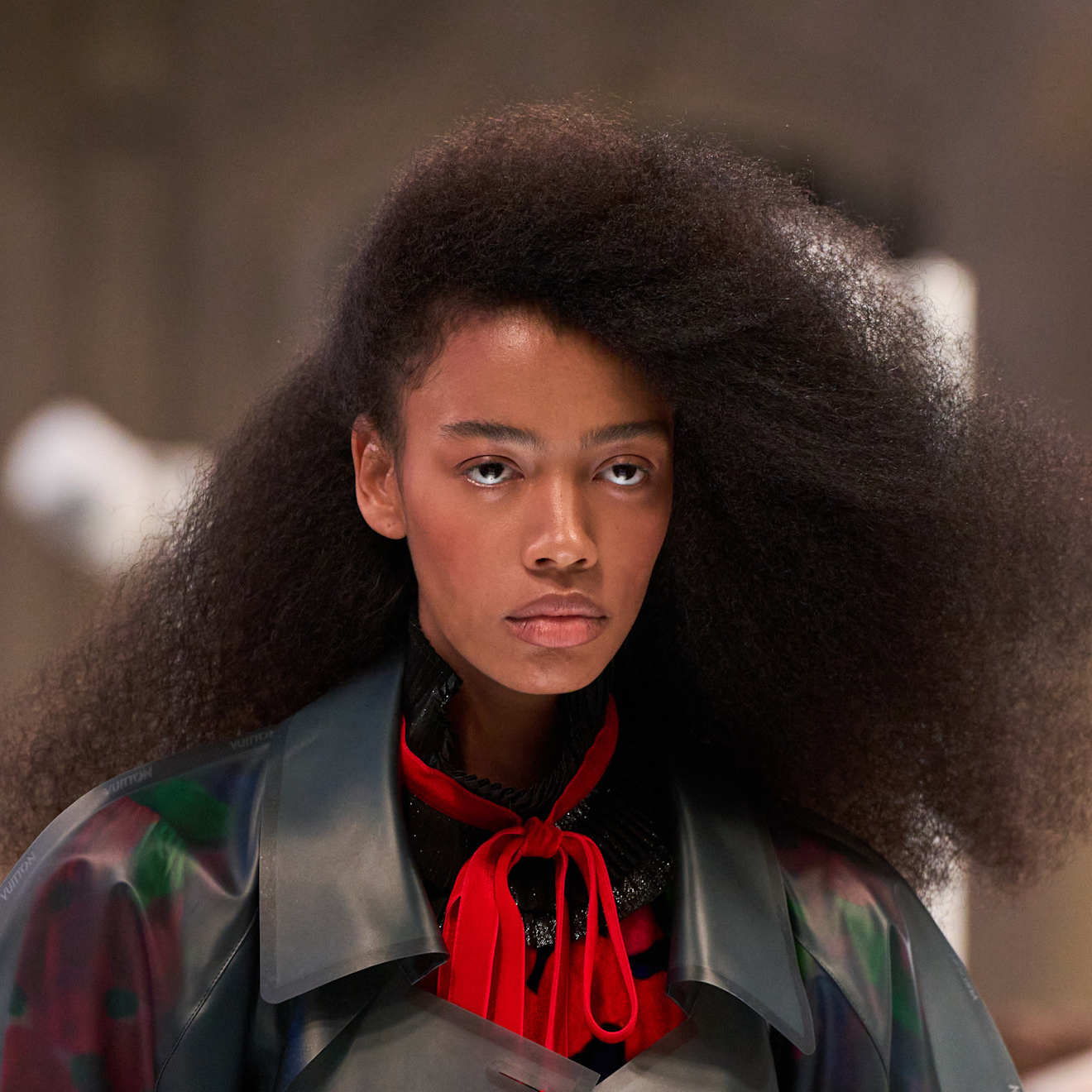 Everything You Need to Know About Marie Claire’s Skin and Hair Awards
Everything You Need to Know About Marie Claire’s Skin and Hair AwardsCould your brand survive an editor testing session?
By Ariel Baker
-
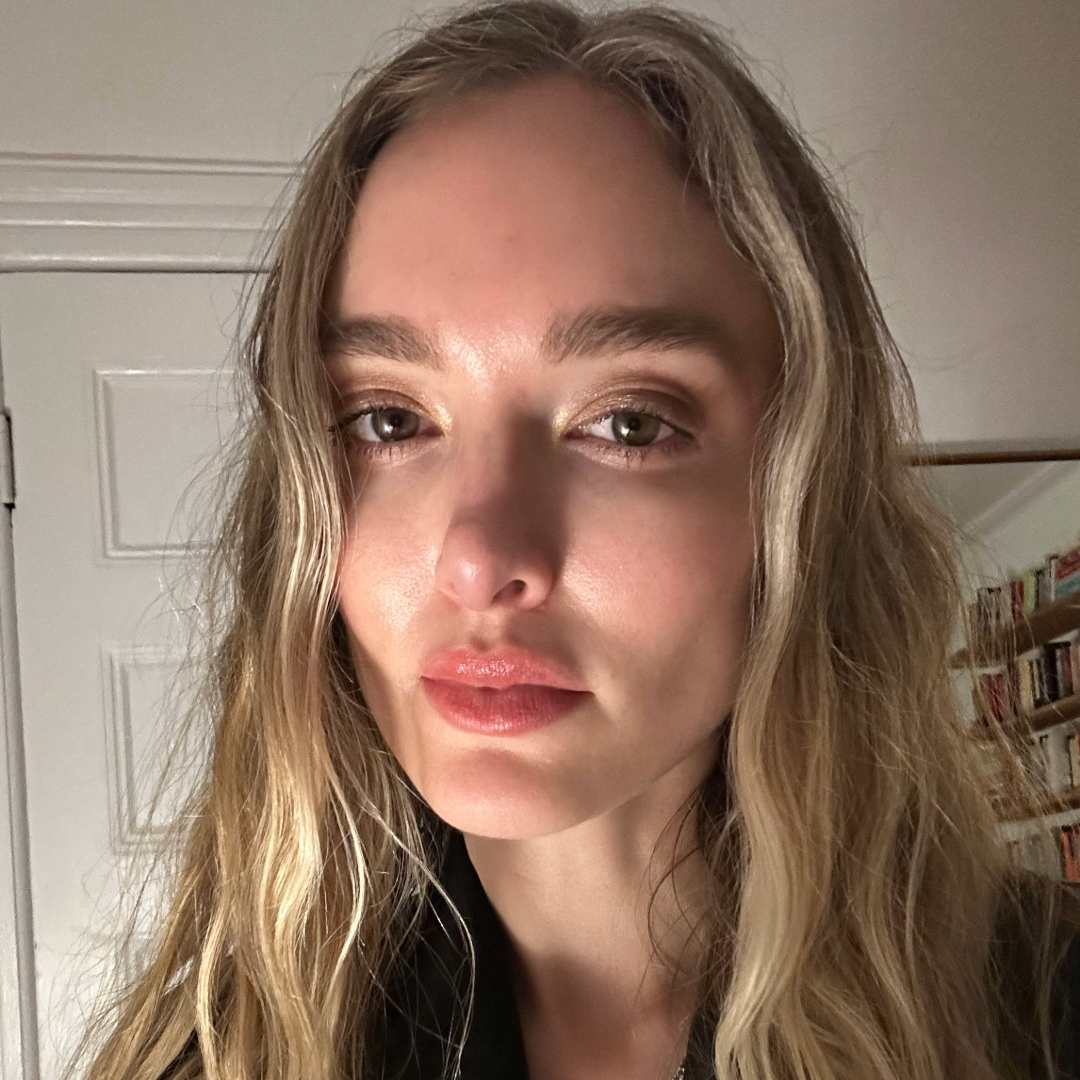 Presenting, Perfect Date Night Makeup for People Who Hate Makeup
Presenting, Perfect Date Night Makeup for People Who Hate MakeupFrom a beauty director who's learned all the workarounds.
By Hannah Baxter
-
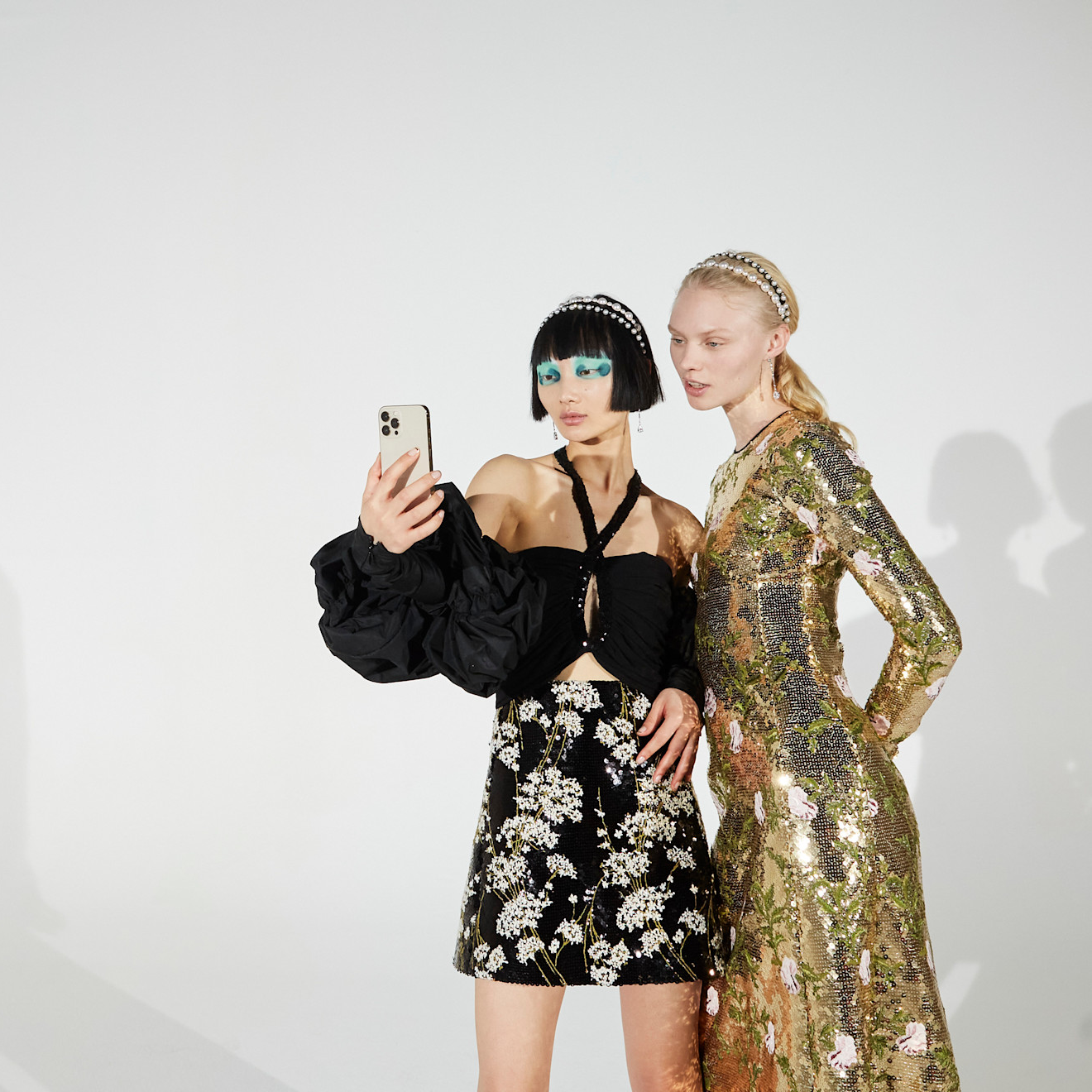 I Scoured Ulta’s 21 Days of Beauty Sale for Five Hours—Here's What I'm Shopping
I Scoured Ulta’s 21 Days of Beauty Sale for Five Hours—Here's What I'm ShoppingAdd to cart, ASAP.
By Ariel Baker
-
 Jenna Ortega’s New Burgundy Hair Has Me Ready for Season 2 of 'Wednesday'
Jenna Ortega’s New Burgundy Hair Has Me Ready for Season 2 of 'Wednesday'Wednesday Addams, is that you?
By Ariel Baker